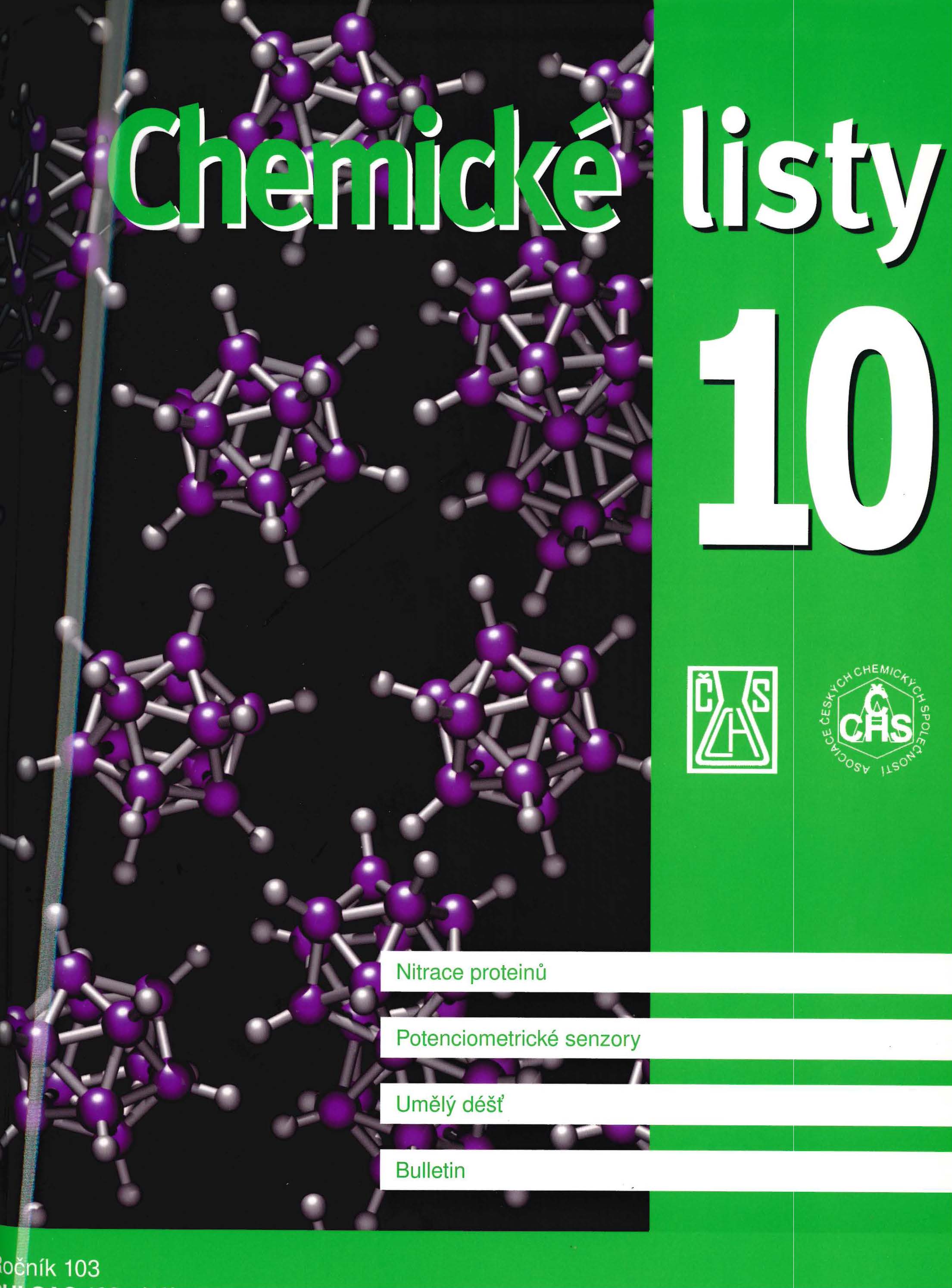Li+ and H+ Conducting Polyelectrolytes with Covalently Bonded Anions
Abstract
New single-ion conducting methacrylate-based polyelectrolytes were prepared by radical copolymerization of methacrylic acid (MA) or lithium methacrylate (LiMA), 2-ethoxyethyl methacrylate (EOEMA) and 2-methoxyethyl methacrylate (EGMEMA) as purely cation-conducting (Li+ or H+) polyelectrolytes with covalently bonded carboxylic groups. For conductivity improvement, a series of polyelectrolytes with an embedded aprotic solvent, propylene carbonate (PC) or dimethylformamide (DMF) were prepared. After optimisation of the polyelectrolyte composition, the highest conductivity values were found for poly(MA–EOEMA)–PC (2.2?10–6 S cm–1) and poly(LiMA–EGMEMA)–DMF (1.9.10–4 S cm–1). The polyelectrolytes were also characterized by voltammetry and thermogravimetry. The accessible potential window on gold electrode is ca. 1.75–2 V for H+ polyelectrolytes and over 3.5 V for Li+ polyelectrolytes. The polyelectrolytes without aprotic solvents are stable up to 185 °C and those containing the solvents up to 105–115 °C.Downloads
Published
2009-11-15
How to Cite
Reiter, J., Michálek, J., Přádný, M., Chmelíková, D., & Širc, J. (2009). Li+ and H+ Conducting Polyelectrolytes with Covalently Bonded Anions. Chemické Listy, 103(10). Retrieved from http://ww-w.chemicke-listy.cz/ojs3/index.php/chemicke-listy/article/view/1453
Issue
Section
Articles





